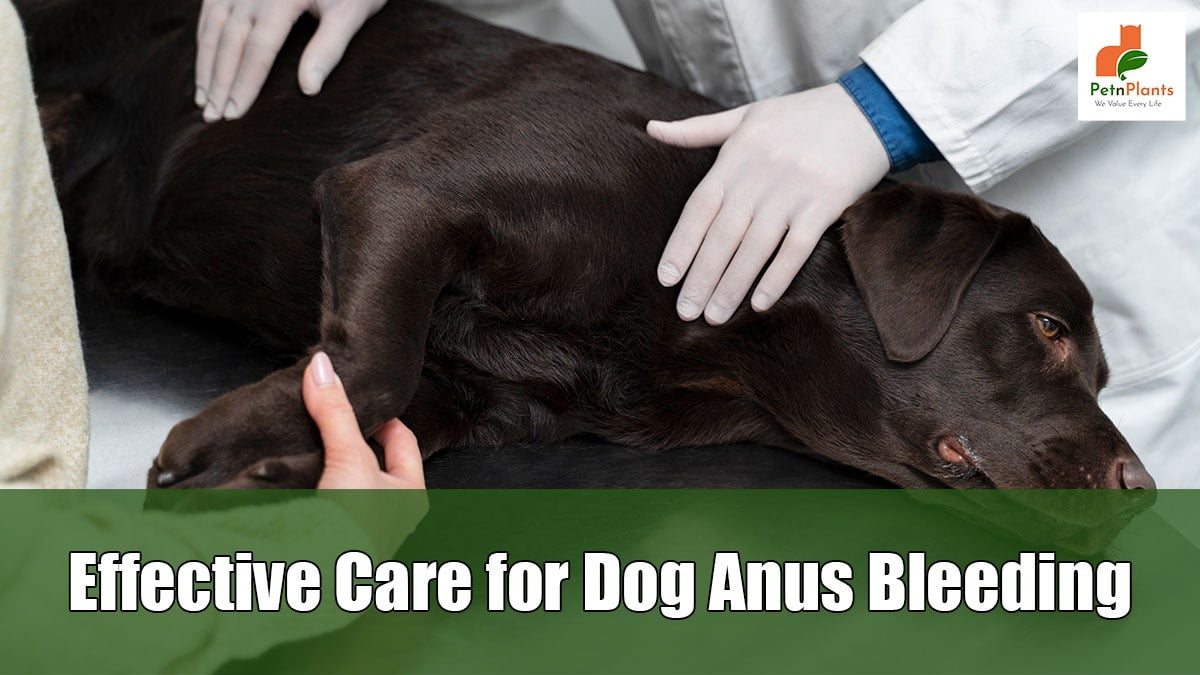How To
Latest
Pet Care
How to Groom Your Dog at Home with the Right Dog Grooming KitMarch 19, 2025
We Value Every Life

Dealing with a dog exhibiting anus bleeding can be alarming for any pet owner. It’s crucial to understand the causes and the appropriate steps for treatment. This article provides a comprehensive guide on how to treat dog anus bleeding, ensuring you’re prepared to act effectively for the health and comfort of your canine companion.
Common Reasons for Anal Bleeding: Recognizing the root causes of anal bleeding is the first step. This condition can be attributed to factors such as anal gland abscesses, gastrointestinal issues, or more serious conditions like tumors or parasites.
Identifying Symptoms and Severity: Pay attention to the severity and frequency of the bleeding, accompanying symptoms like swelling, and changes in behavior or appetite. This information is vital for diagnosis and treatment.
Assessing the Situation: When you first notice bleeding, assess the situation calmly. Look for additional symptoms and gauge the severity of the bleeding.
First Aid Measures: Clean the area gently with warm water. Avoid using any over-the-counter medications or ointments without veterinary guidance.
Importance of Professional Diagnosis: Consulting a veterinarian is crucial. They can thoroughly examine and run necessary tests to diagnose the underlying cause.
Treatment Options: Depending on the diagnosis, treatment may include antibiotics, surgical intervention, dietary changes, or other specific medications.
Relieving Your Dog’s Pain: Your vet may prescribe pain relievers. It’s essential to follow the dosage instructions carefully.
Ensuring Comfort at Home: Create a comfortable resting area for your dog. Keep them calm and avoid strenuous activity as they recover.
Beneficial Diet Changes: Depending on the cause, dietary adjustments can aid recovery. This may include high-fiber food to alleviate constipation or bland diets for gastrointestinal issues.
Monitoring Bowel Movements: Keep track of your dog’s bowel movements. Changes in consistency, frequency, or color provide important health indicators.
Routine Veterinary Check-Ups: Regular vet visits are essential for monitoring your dog’s health and preventing future incidents.
Preventive Measures: Maintaining a healthy diet, ensuring regular exercise, and monitoring anal glands can help prevent future issues.
If you know how to treat dog anus bleeding effectively requires understanding the potential causes, responding promptly, and seeking veterinary care. It’s a situation that demands attention and care, balancing immediate first aid with professional medical treatment. Remember, the well-being and comfort of your dog is paramount. With the right approach and care, you can manage this condition and ensure your canine friend’s happy, healthy life. Always prioritize their health, and don’t hesitate to seek professional help when needed.
Pet N Plants, a passionate group of authors who are devoted pet and nature enthusiasts. With over 15 years of experience in pet and plant care, our authors bring a wealth of knowledge and a deep love for all things flora and fauna. Each member of our team is dedicated to sharing insightful tips, detailed care guides, and the latest trends to help you nurture your beloved pets and plants. Whether you're a seasoned gardener or a pet parent, our experts are here to support your journey in creating a thriving, vibrant home environment for all your living companions.
0